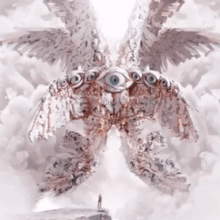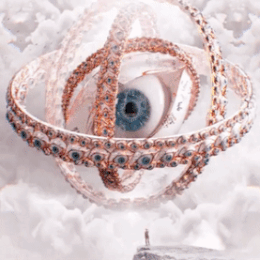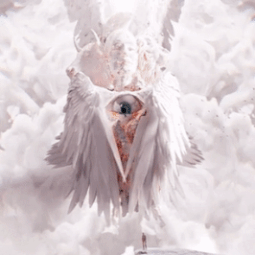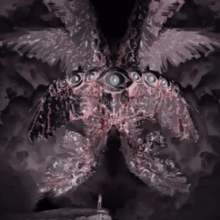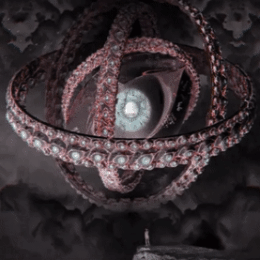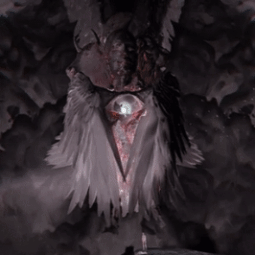Photo

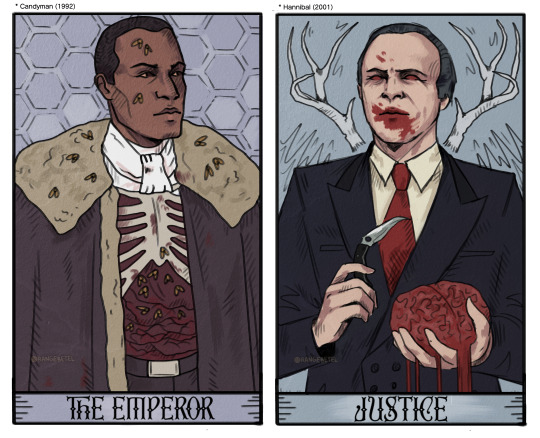




I designed some mock tarot cards based around my favourite horror characters for halloween! Just for fun; not intended for use :)
19K notes
·
View notes
Text

3 notes
·
View notes
Text

A circa 1840 print by Paul Gavarni (Paris Musées) dated 1839-1841, showing two Parisian students in their less than ideal quarters. The caption reads, "Orestes and Pylades would gladly have died for each other, but they would be at odds if they had only had a basin and a water jug."
It's another wonderful look at early/mid 19th century men's underwear, and the long shirt of the man washing his face is reminiscent of this (undated, 19th century) extant garment in the collection of the Musée de la Chemiserie et de l’Elégance Masculine:

I have been trying to date this particular shirt. The relatively plain front and lack of frills makes me think it's not very early 19th century—but Phillis Cunnington and C. Willett Cunnington's book The History of Underclothes has extant shirts that look like this from c. 1795-1800 and 1813. They quote the Beau Monde magazine in 1806 and 1807 promoting shirts without frills. (But some men clearly were wearing shirt frills, if you have ever seen a portrait of a Napoleonic/War of 1812 era officer).
The Story of Men's Underwear by Shaun Cole has some more clues dating this shirt, namely that "after 1850 the bottom of the shirt was curved rather than square cut."
So is this an 1840s shirt? It does look like the student's shirt in the Gavarni cartoon above, and here another Gavarni dated 1840-1841 (also Paris Musées):

(I THINK they just went swimming? The caption is about how they have to hurry up for the dinner bell or their aunt is going to be annoyed).
Finally, the Musée de la Chemiserie is located in an 1860 shirt factory, could this be one of their own creations, despite the straight cut bottom? It's a beautiful piece of craftsmanship. While it seems like all 19th century men's shirts are pretty large, compared with their 21st century descendants, they did become more tailored and fitted over time:
Men’s shirts had traditionally been made from a series of rectangles and squares, which resulted in a voluminous garment. By the mid-nineteenth century, a desire for closer fitting garments led to the development of patterns that allowed shirt makers, tailors and the home sewer to produce well fitting garments. In 1845 a scale pattern was featured in the Journal des Demoiselles with complex written instructions that ended with the statement ‘If you succeed, be proud! Because ‘a shirt without a fault is worthy of no less than a long poem’.” By the 1850s, tailors were applying their pattern drafting systems to shirts and tailors and other producers strove to introduce developments that made their shirts closer fitting and more comfortable. Patterns for shirts were included in magazines aimed at men such as Devere’s Gentleman’s Monthly Magazine of Fashion and The West-End Gazette of Gentlemen’s Fashions, as well as trade journals such as The Tailor and Cutter. In 1871, London shirt-maker Brown, Davies & Co. registered a design for “The Figurative Shirt”, which buttoned all the way down the front, removing “the old and objectionable way of putting on the shirt by putting it over the head”
— Shaun Cole, The Story of Men's Underwear
177 notes
·
View notes
Text
Unseen░and░blinding

1 note
·
View note
Text

2 notes
·
View notes
Text
MAGIC USERS AND THEIR DEFINITIONS (because i’m mentally unwell and needed something cool to research)
FOREWARNING: In this, I do say that “witch” and “wizard” are not gendered terms and witches are different from wizards. This is literally just my headcanon (for lack of a better word). Most fantasy media does say that they are the 2 magic genders, but it’s my post and i’m going with the definition that I like.
Abjurer: Specifically deals in protective spells and the suppression of others’ magic.
Alchemist: Focuses on potion making, chemistry and alchemy (I know, shocker).
Artificer: Magic craftsmen. They do not cast spells, and instead can infuse objects with magic (such as a sword or wand).
Bard: Casts divine magic using their music and charisma.
Cleric: Their magic is a favour from the Gods to them. They pray at the beginning of the day every day to get their powers.
Chiromancer: Specialises in palmistry or fortune telling.
Diviner: Uses magic to foresee or predict future events or to discover hidden knowledge.
Druid: Wields nature-themed magic. Like clerics, they get their magic from the gods.
Enchanter: A general name for someone who uses magic.
Hydromancer: Specifically focuses on controlling water or liquid.
Illusionist: Uses magic to create illusions. Also known as evokers or conjurers.
Mage: Similar to the sorcerer, but instead of relying on willpower and instinct, they are more uniform, while sorcerers are more on the creative side.
Necromancer: Specifically focuses on reanimation of the dead.
Oneiromancer: Specifically focuses on dreams and prediction of the future.
Pyromancer: Specifically focuses on controlling fire.
Sorcerer: Does not learn magic, and instead has it within them. This can be, for example, because it is in their bloodline.
Warlock: Gains magic from a divinity or higher power. The magic equivalent of fucking your teacher for grades.
Witch: Does magic that is particularly focused on plants, herbs, healing, and cooking. Witches mostly make potions and have familiars (most commonly cats, frogs/toads, rats or ravens)
Wizard: Learns magic from books and study. Many also have staffs, wands, or another means of casting spells.
Let me know if i missed anything!
762 notes
·
View notes

